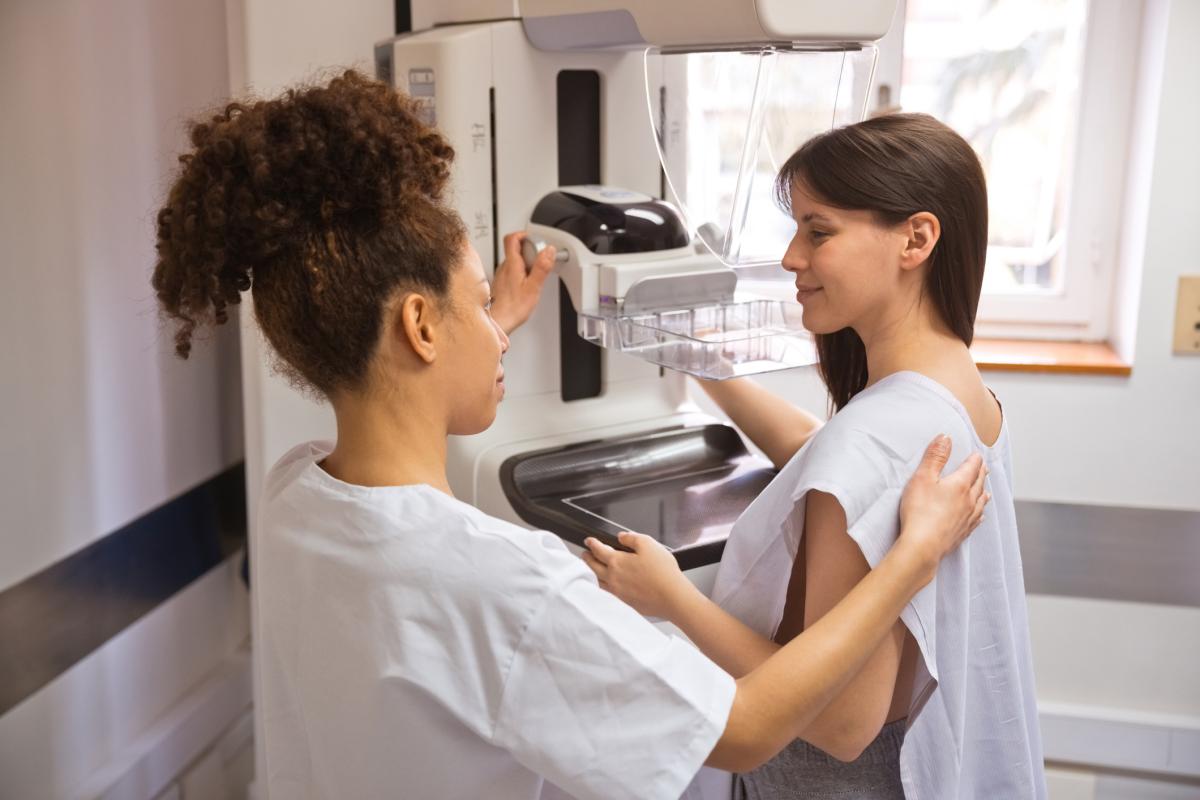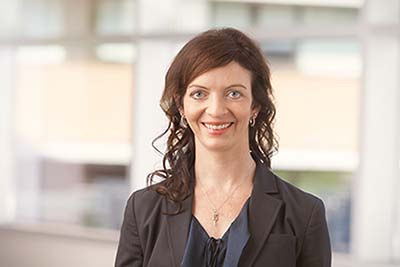Weighing the risks: Your breast cancer assessment


October is Breast Cancer Awareness Month, a time when this all-too-common disease is on many of our minds. For some, that includes celebrating friends and family who are survivors or remembering those who are gone. Many women choose this month as the time to participate in the annual ritual of mammography or other self-care activities.
In my practice, I see a lot of women who are concerned about breast cancer risk. I am frequently asked when or how often to have mammograms, the age to start, if additional imaging is warranted (such as ultrasounds or MRIs) and whether genetic testing is recommended. The first step for me in making these recommendations is assessing a woman’s individual risk. The second step involves a discussion of goals, values, fears, and pros and cons of various strategies for managing individual risk. This is a process currently known as “shared decision making.”
Risk assessment helps to determine whether a woman is at average or high risk of breast cancer. Note that I didn’t use the term “low risk” in this description. In the United States, one in eight women will be diagnosed with breast cancer in their lifetime, or 12.5 percent. Those at lower risk are young women in their 20s and 30s, with the risk increasing with age. As such, I define average risk as risk similar to other women of the same age, versus higher than average risk for age.
Schedule an appointment with a women's health specialist to learn more about breast cancer risk and prevention. Call 800.922.0000 or visit nebraskamed.com/womens-health.
Other personal factors besides age play a role in determining risk. These may include reproductive factors such as giving birth, age at the time of the first child’s birth, breastfeeding history, age of first menstruation, age of menopause or the use of certain menopausal hormones. Women who have had breast biopsies that showed atypia also have a higher than average risk. Last but certainly not least is family history.
One of the most well-known risk calculating tools is called the Gail Model. Check it out for yourself at www.cancer.gov/bcrisktool. This tool incorporates some of the risk factors listed above and limited family history to estimate a five-year breast cancer risk and a lifetime risk. This tool is designed for women age 35 and older who might be considering screening options. On the same web page, there are links to other key information about breast cancer risk, prevention, screenings and more.
For a woman with a strong family history of cancer, this risk tool alone is not adequate to truly assess risk. A strong family history might include a close relative that was diagnosed with breast cancer at a young age (before age 45), multiple relatives on the same side of the family with breast cancer or other cancers, two or more cancers in one individual in the family, or a family history of ovarian cancer or other genetically associated cancers. If you have any of these factors, it may be helpful to meet with a genetic counselor. Genetic counselors use more robust risk calculators to help define risk and determine if there is a need for genetic testing. The world of genetic testing has become increasingly complex, and genetic counselors are specially trained professionals who determine the right tests for the right patients. They are then able to interpret the results and begin the conversation about how to best manage risk.
Armed with this information, a woman and her provider can discuss options for breast cancer screening and prevention. Over the past decade, the guidelines regarding screening for average risk women have become varied. The American College of Obstetricians and Gynecologists continues to recommend that women be offered mammograms every year starting at age 40, with a discussion of pros and cons of screening. For women at high risk (those with a lifetime risk above 20 percent based on a robust risk calculation from a genetic counselor), additional screening might be offered.
There are also opportunities for breast cancer prevention. For those of us at average or high risk, maintaining a normal weight through good diet and exercise and limiting alcohol consumption decreases our risk. High risk women may be candidates to take medications that decrease breast cancer risk.
Every woman is unique. If you don’t have a plan for breast cancer screening, October may be the right time to schedule an appointment with your provider to discuss your risk and what screening and prevention opportunities are best for you.




